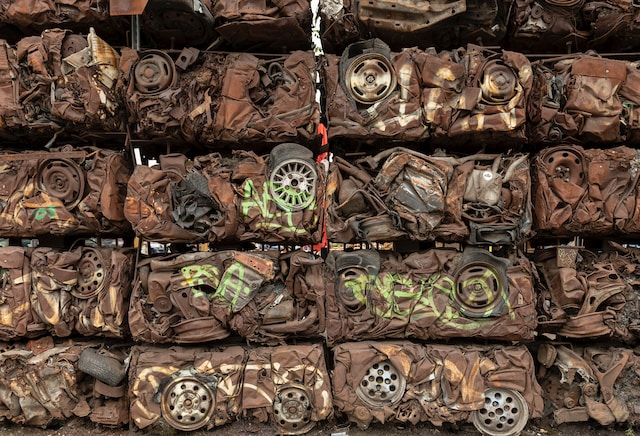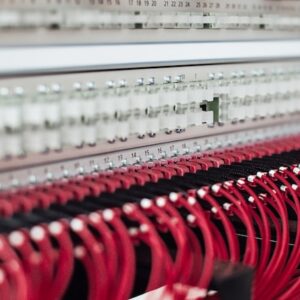Metal recycling is a good way to earn extra cash while saving the planet. However, sorting and separating your scrap is important before sending it to the recycler. Different types of metal have different values and require separate processing.
For example, a magnet can help you identify ferrous (magnetic) and non-ferrous (non-magnetic) metals. You’ll also find out what items can be recycled and why.
Aluminum
Aluminum cans, foil, and trays are among the most common items in your scrap bin. They can also be found in household furniture like can openers, pots, pans, or metal hardware like door handles. Using aluminum scrap saves energy, cuts carbon emissions, and creates a more sustainable life.
You can recycle your aluminum by rinsing and adding it to your curbside recycling bin or bringing it to your local scrap yard. Before you send your materials to a scrap metal NJ recycling, separating them by ferrous and non-ferrous metals is helpful. To do this, wave a magnet over your pile: If the metal sticks to it, it’s made of ferrous metal (iron). Sorting will help you get a higher return from your scrap and will make your facility’s job easier.
Steel
Steel makes up a large portion of the world’s infrastructure and is used in everything from buildings to kitchen utensils. It can be recycled endlessly without any loss of value or quality. However, usable steel often ends up in landfills or junkyards because people are unaware of its value or have trouble getting to a scrap yard.
Before bringing your metal to the scrapyard, separate it into different metal types. This helps maximize your return. If you’re not sure how to do this, use a magnet and wave it over the metals. Ferrous metals like steel and iron will stick to the magnet, while non-ferrous metals won’t.
Once you’ve separated your metal, please bring it to the scrapyard and prepare it for melting. This involves removing non-metal items, shredding and compacting, heating, purifying, and solidifying. Once this is done, the steel is ready for sale to metal companies, homeowners, and construction firms. Recycling steel helps save energy and money while protecting the environment.
Copper
Copper is among the most sought-after metals for manufacturing purposes and among the least available naturally on Earth. It’s a durable metal that humankind has used for millennia, from art sculptures to plumbing to electrical wiring. Its longevity makes it a great choice for wires in homes and cars, but often, these wires are not recycled, needlessly filling landfills.
Rather than toss copper piping, radiators, or old auto parts into the garbage, these items can be brought to a scrap yard where they’re recycled for their copper content. These products must be free of other materials like solder, as contaminants will lower their value and require more energy to recycle.
When a scrap metal recycler receives copper wire, it goes through a granulator machine to strip out its insulation and prepare the copper for its next steps. The copper can then be melted and shaped into what the manufacturer needs it for.
Brass
Brass is a copper and zinc alloy with machinability and other properties, making it a popular metal choice. It is used in various industrial applications, including plumbing systems and firearm casings. It also has some uses in homes, including doorknobs and candelabras.
Brass can be recycled sometimes without losing its base properties. This makes it an environmentally conscious alternative to other materials. It also helps minimize the need to mine and extract raw metals from the Earth.
When recycling brass, it is important to note that a clean piece is worth more than a dirty one. Dirty brass is contaminated with other metals, debris, or rust and must be cleaned before being sold to a recycler. The best way to clean brass is to use vinegar, salt, and flour. This will remove tarnish, grime, and other contaminants without damaging the brass.




